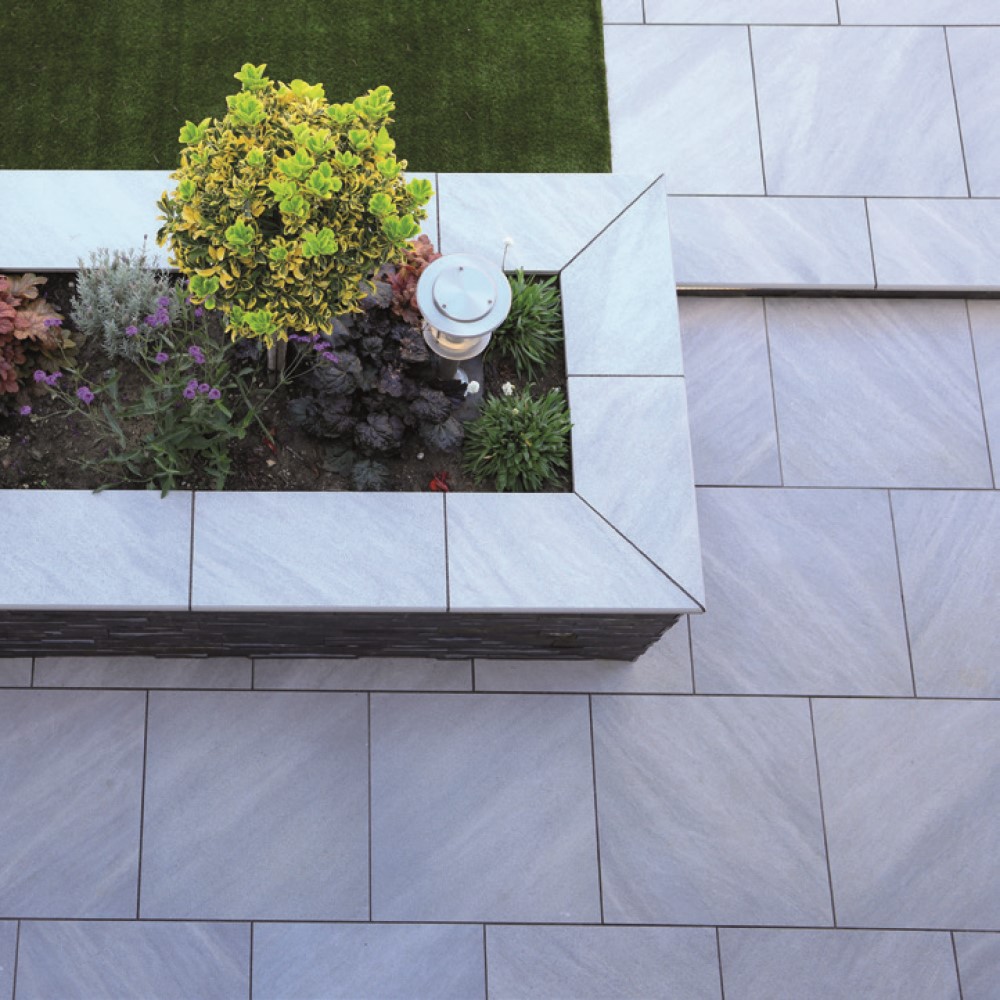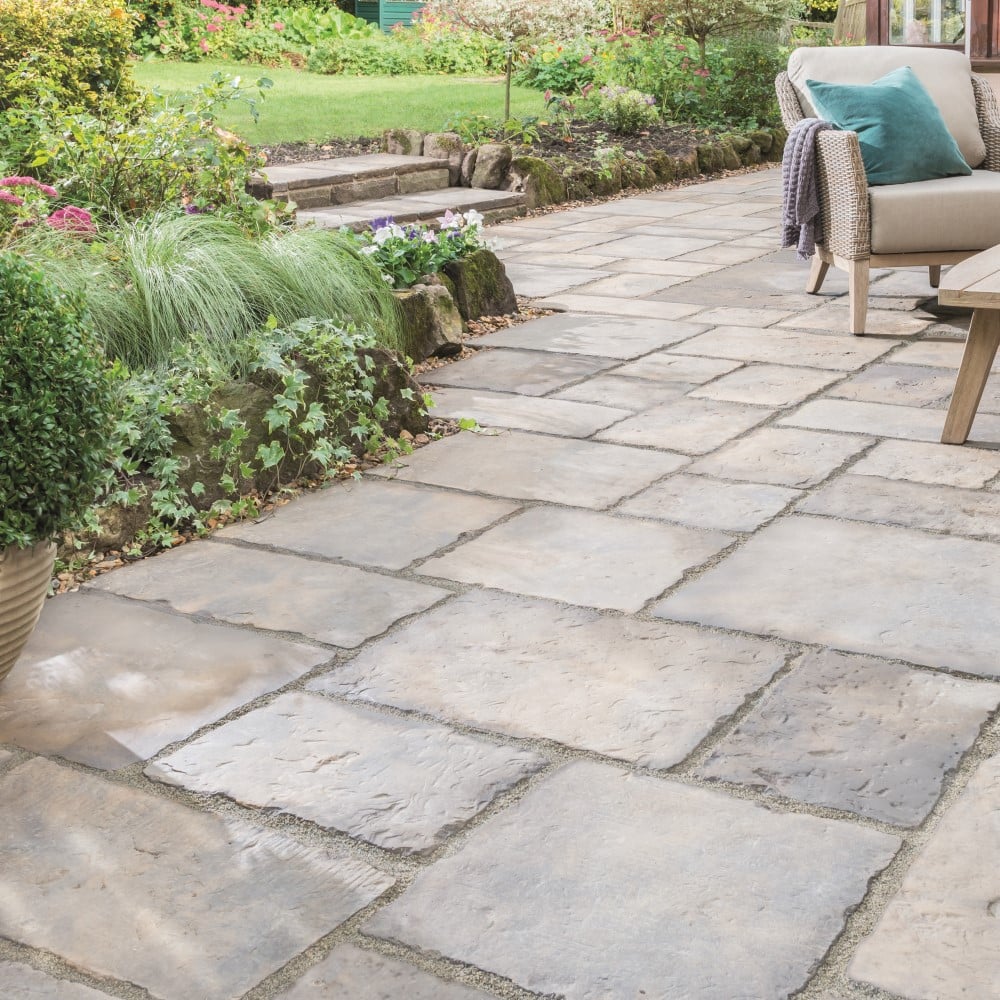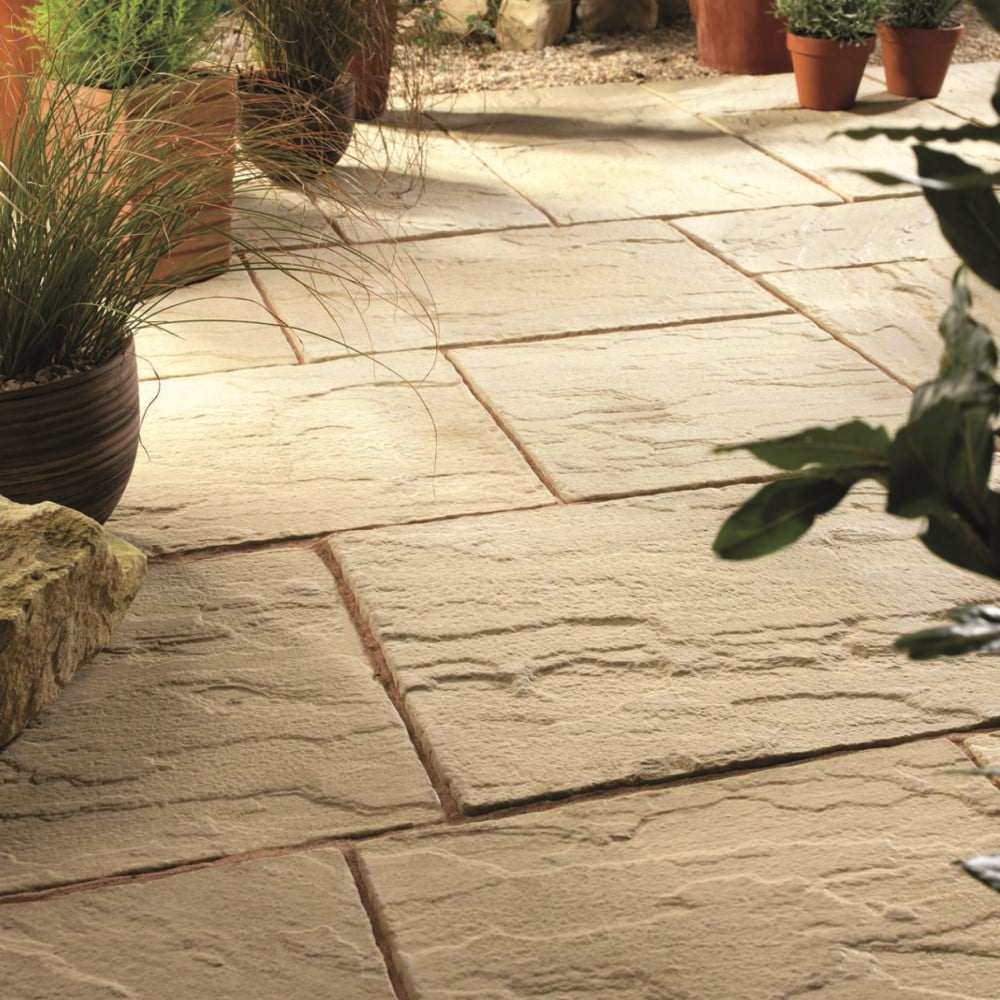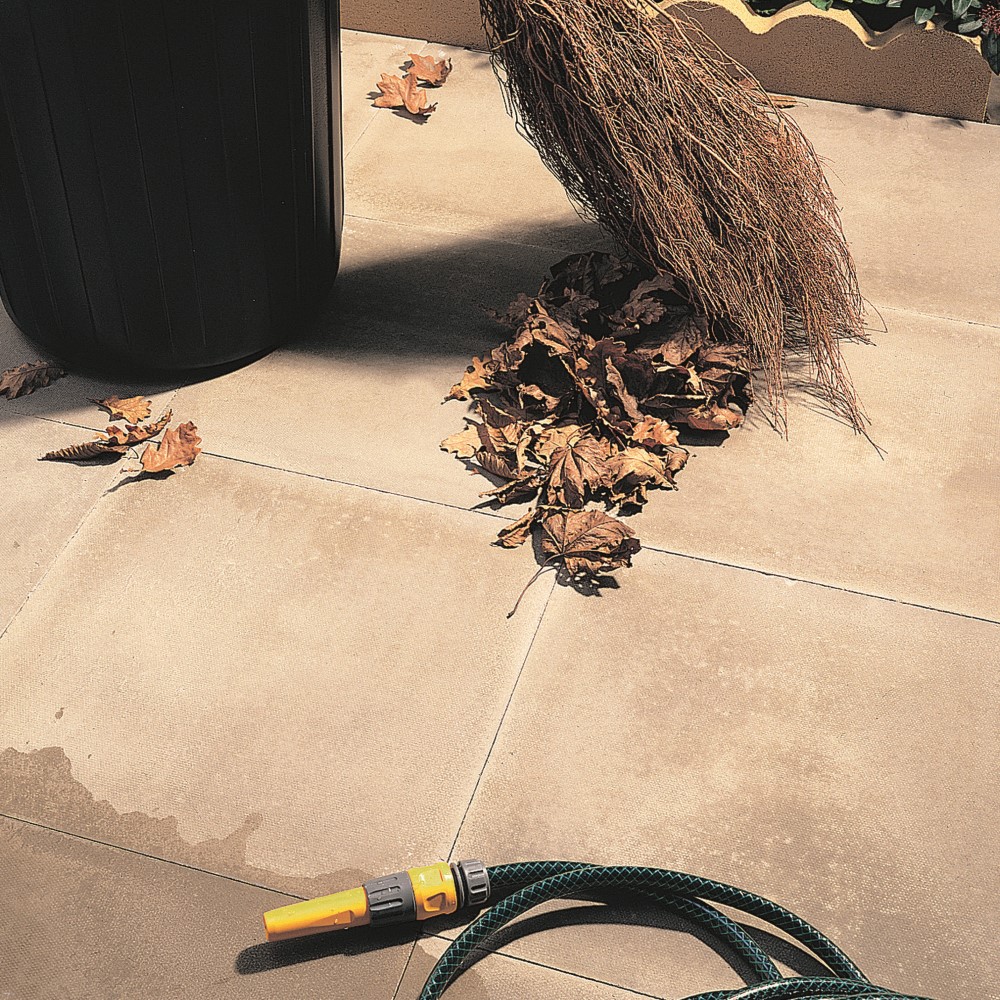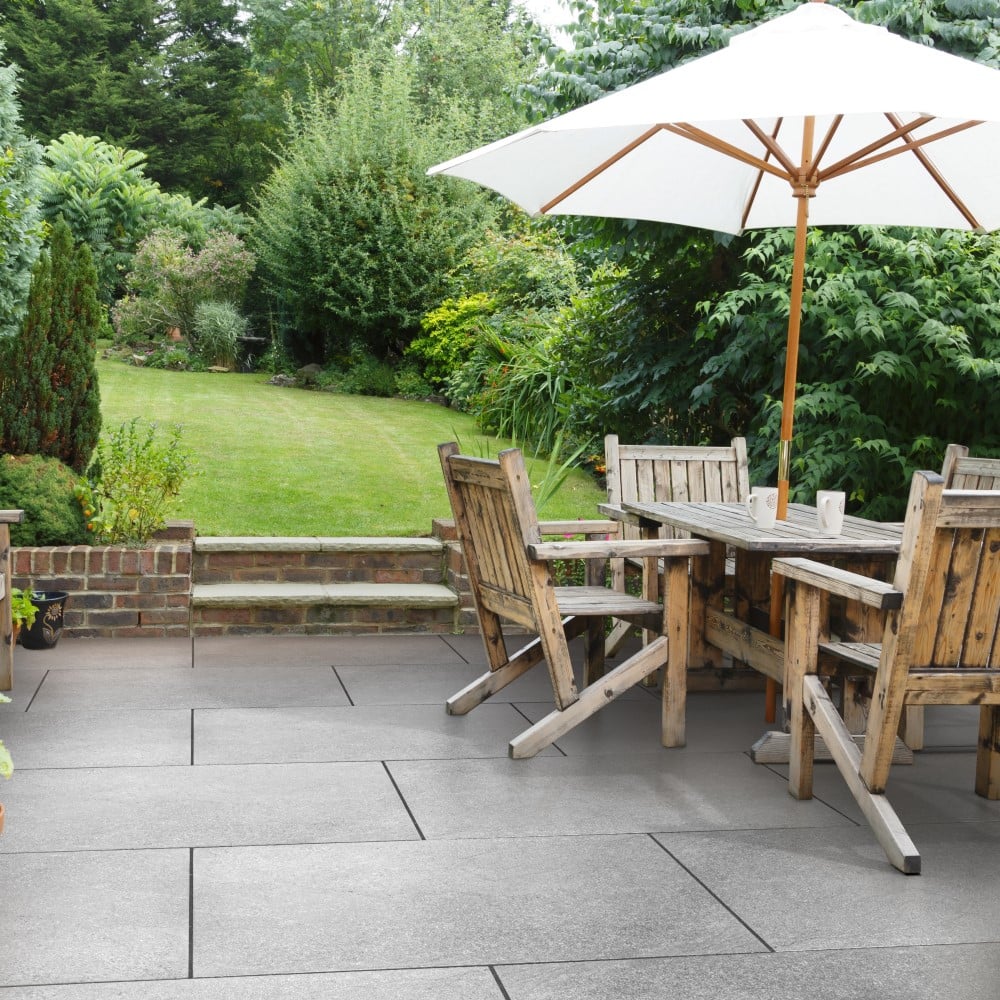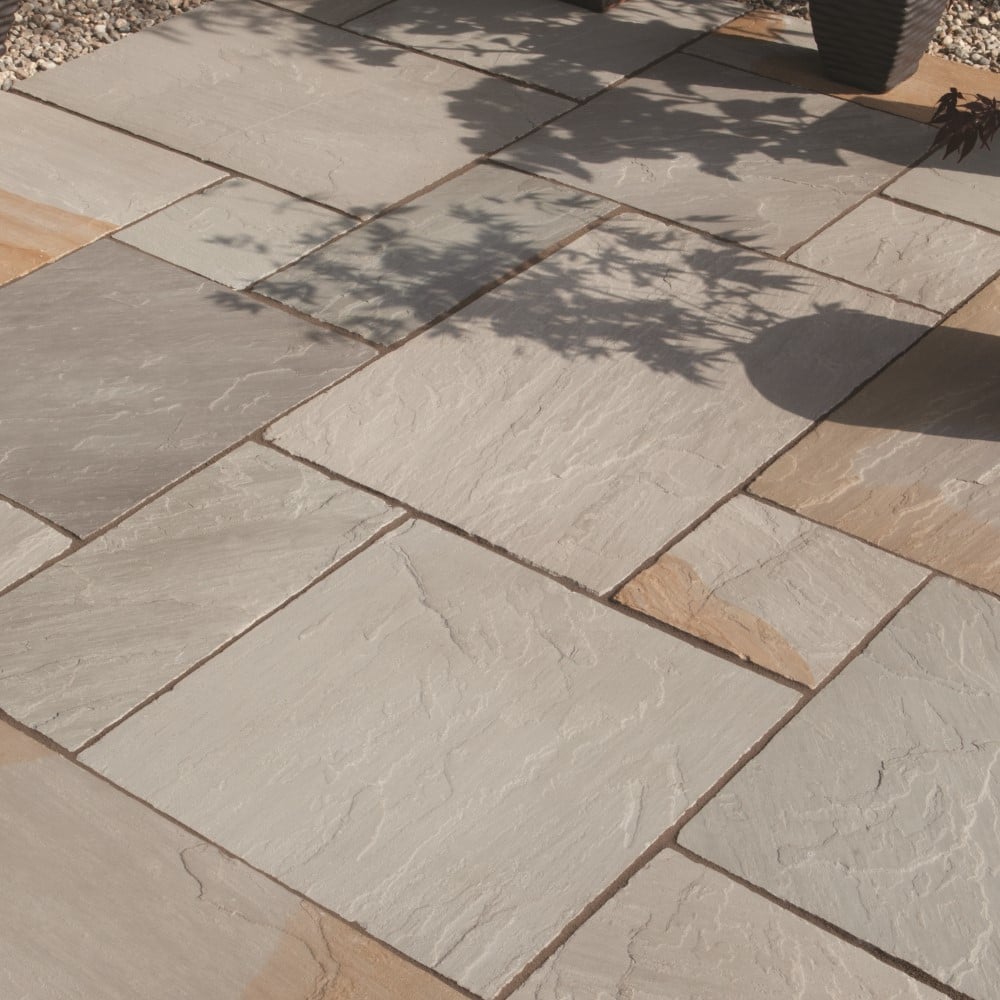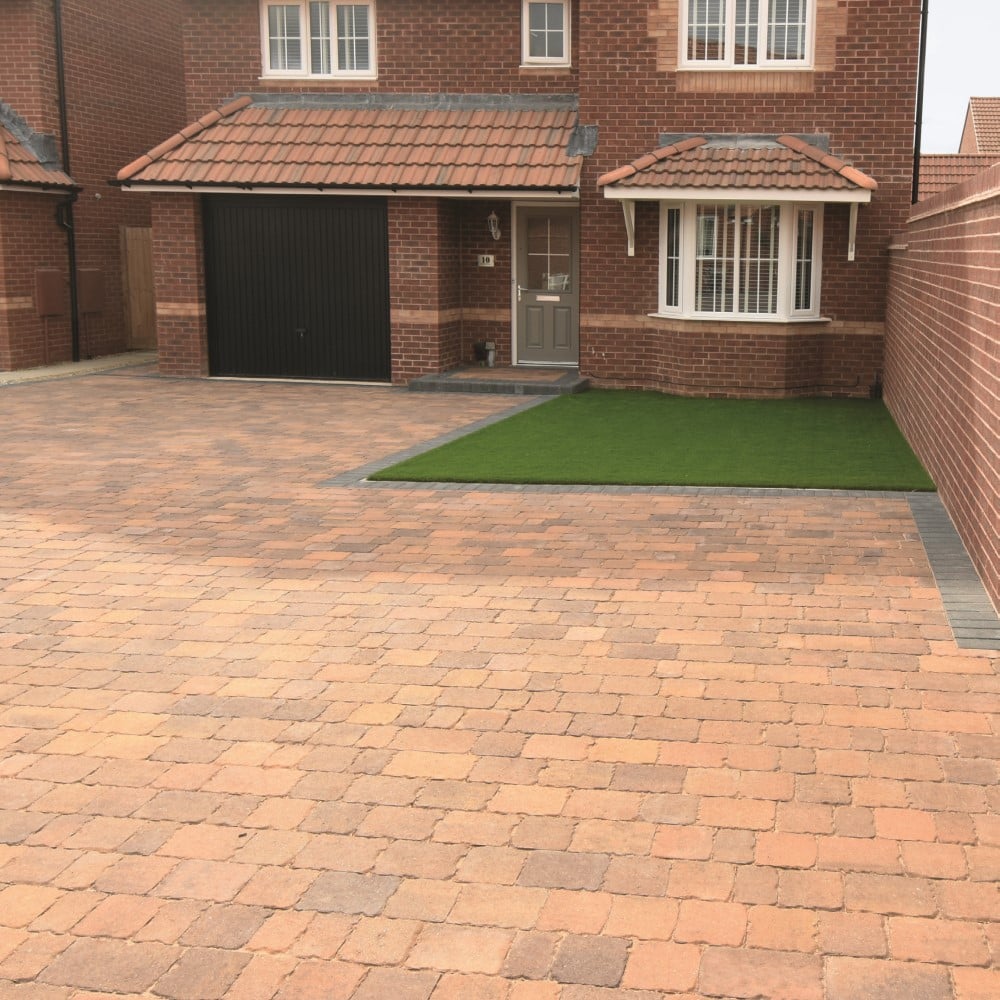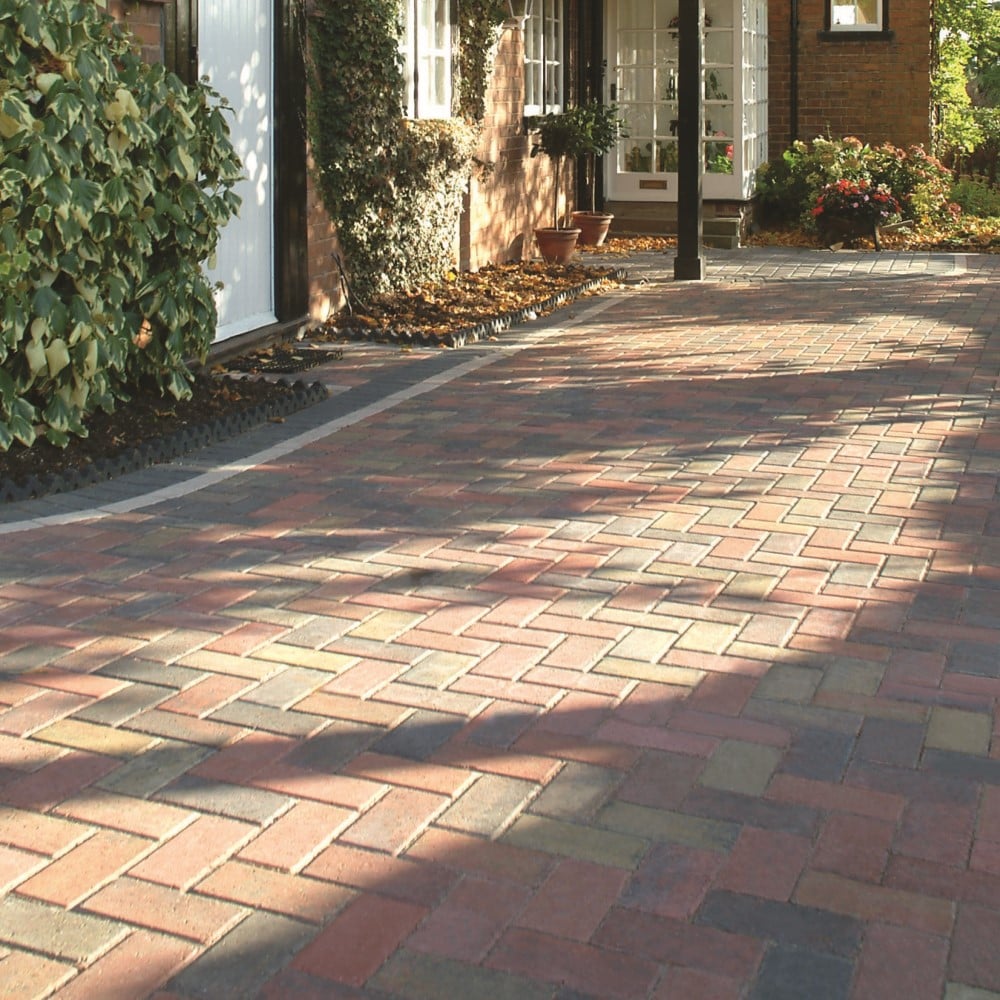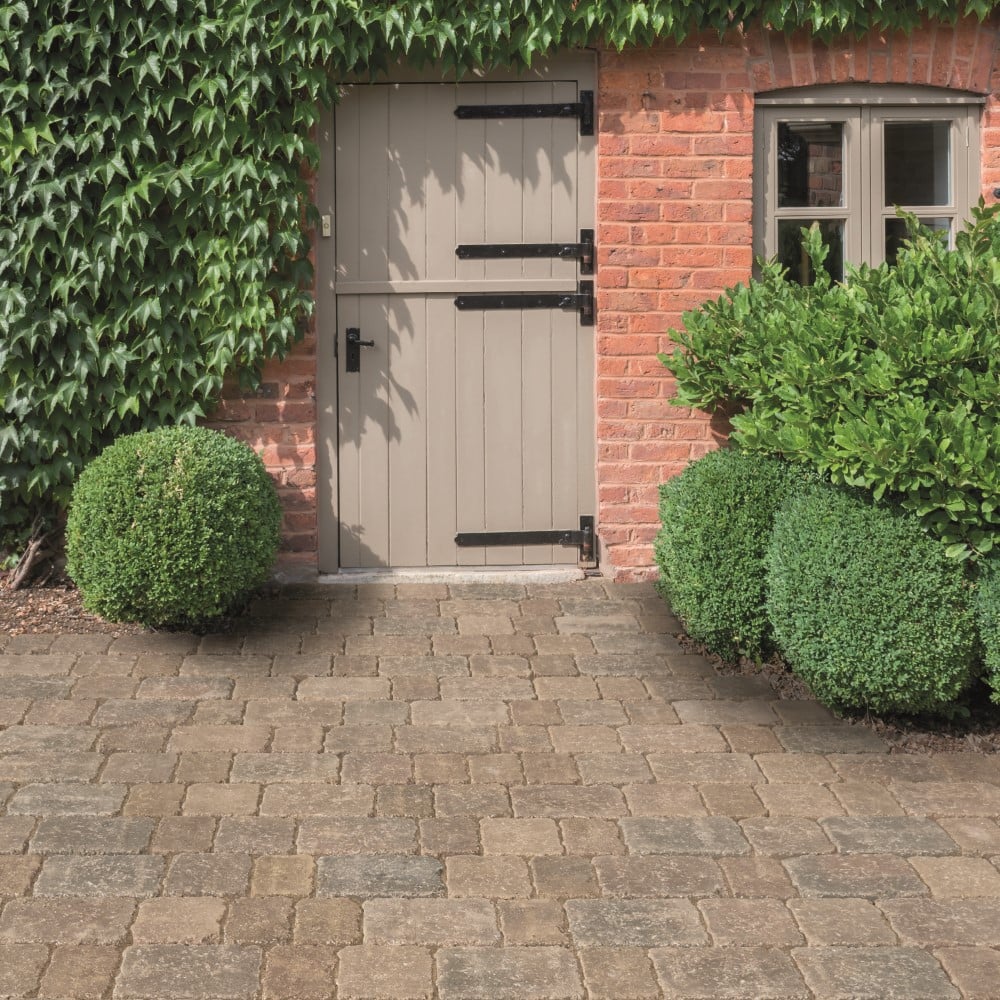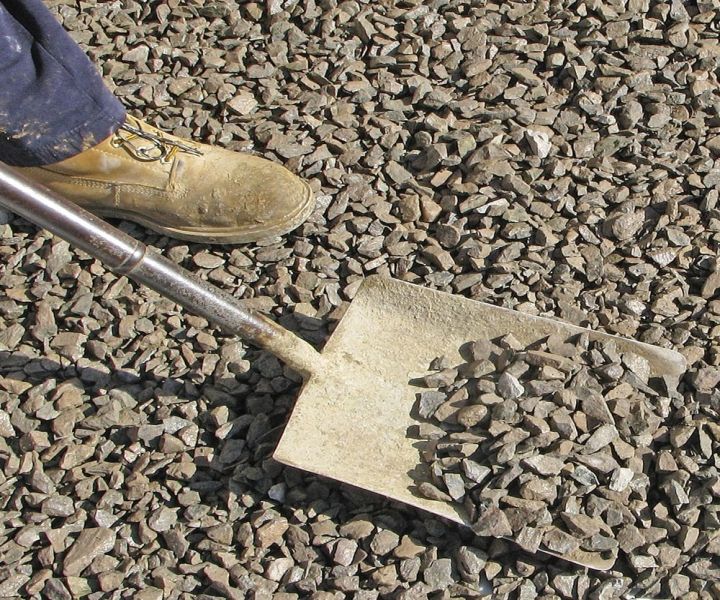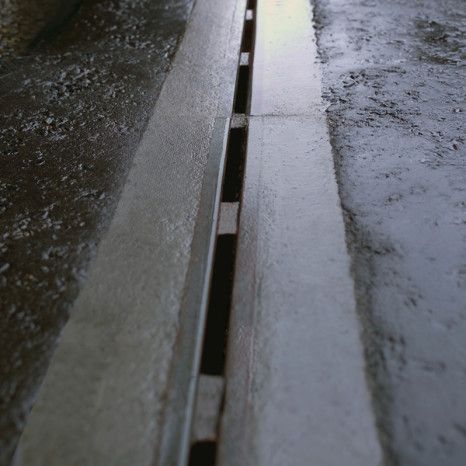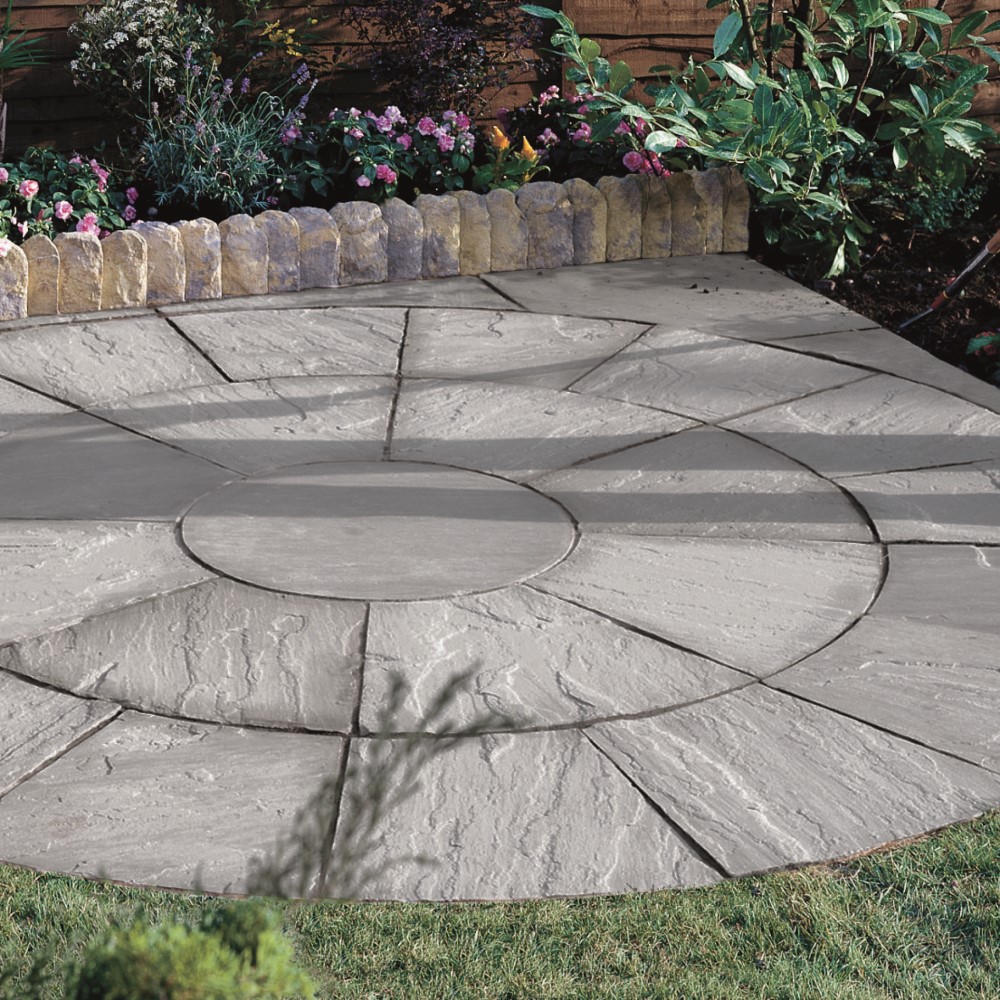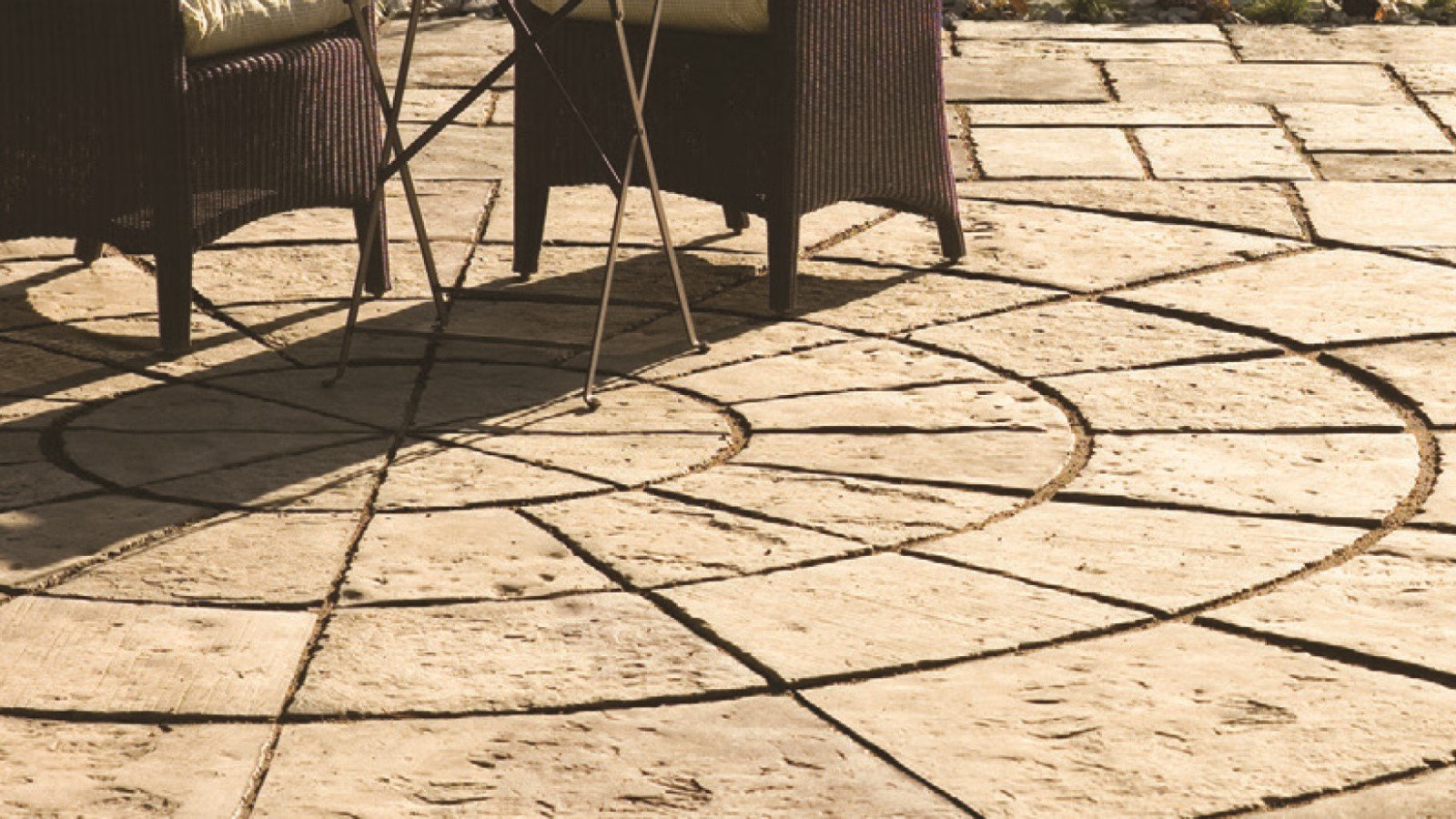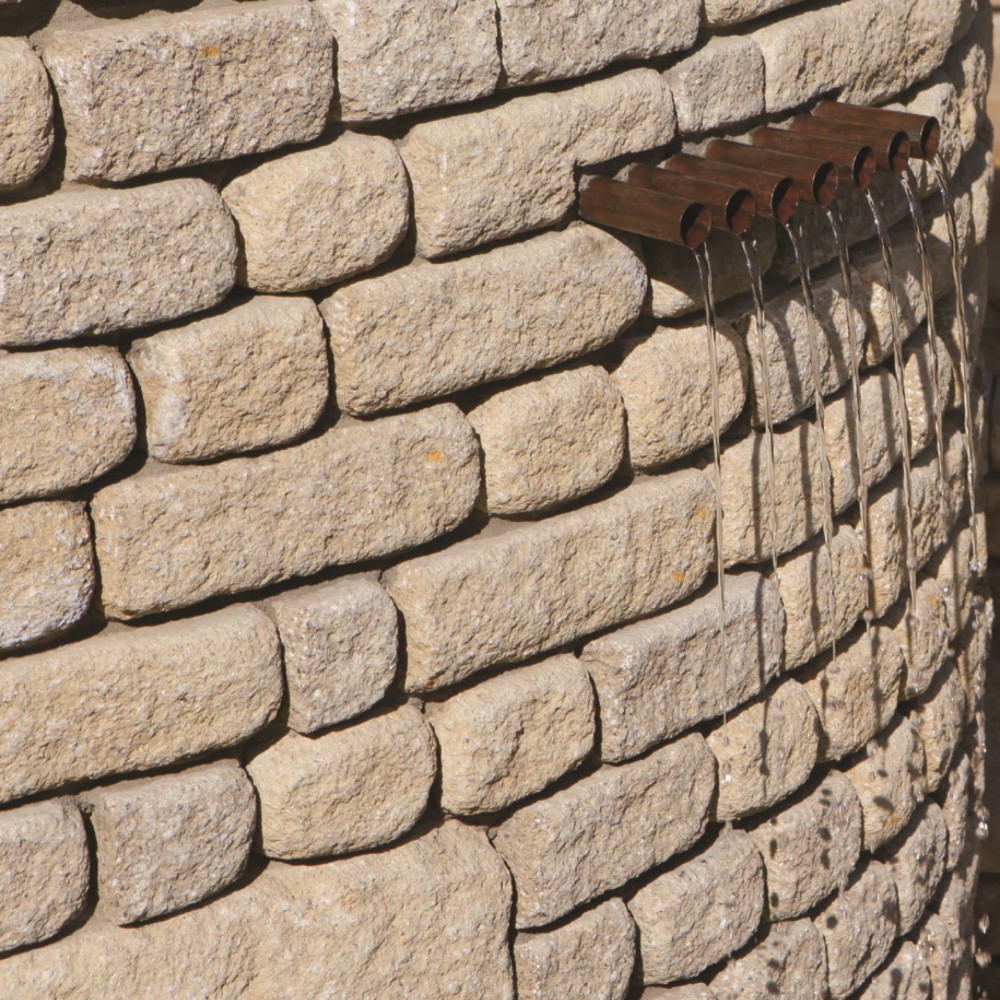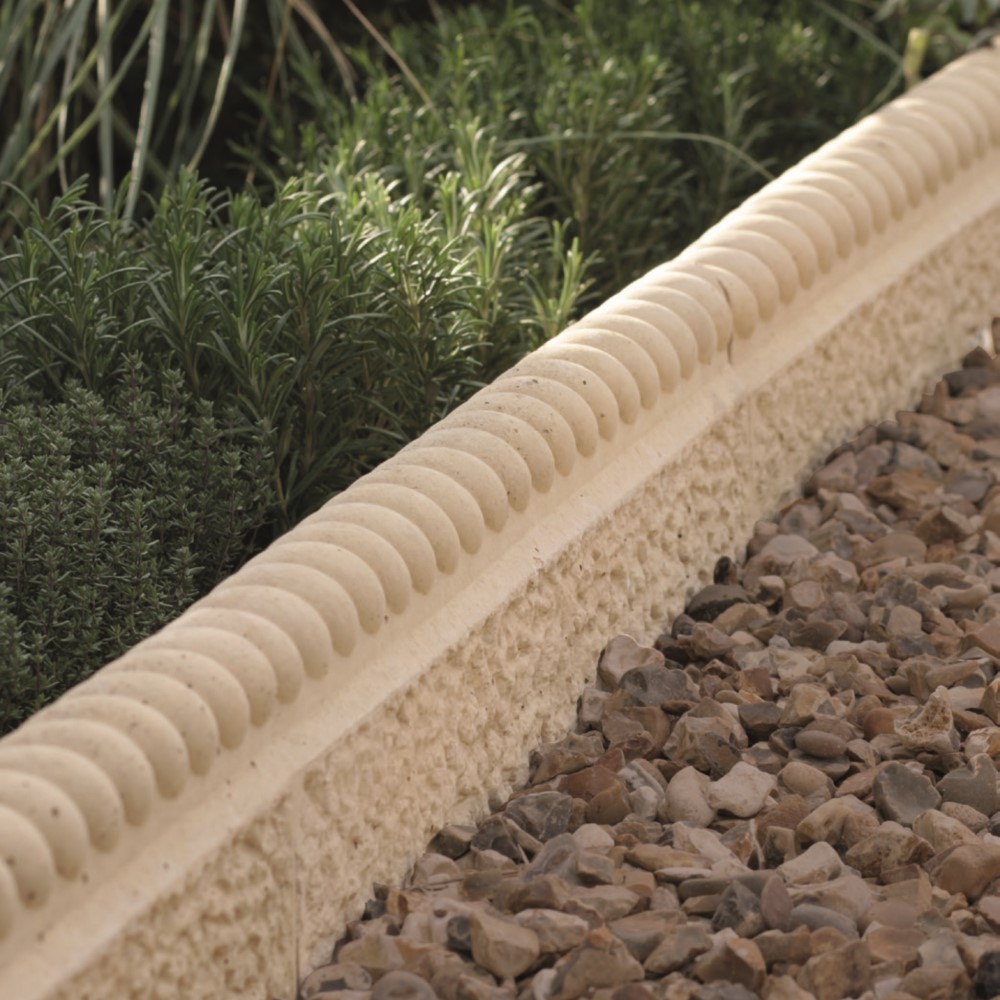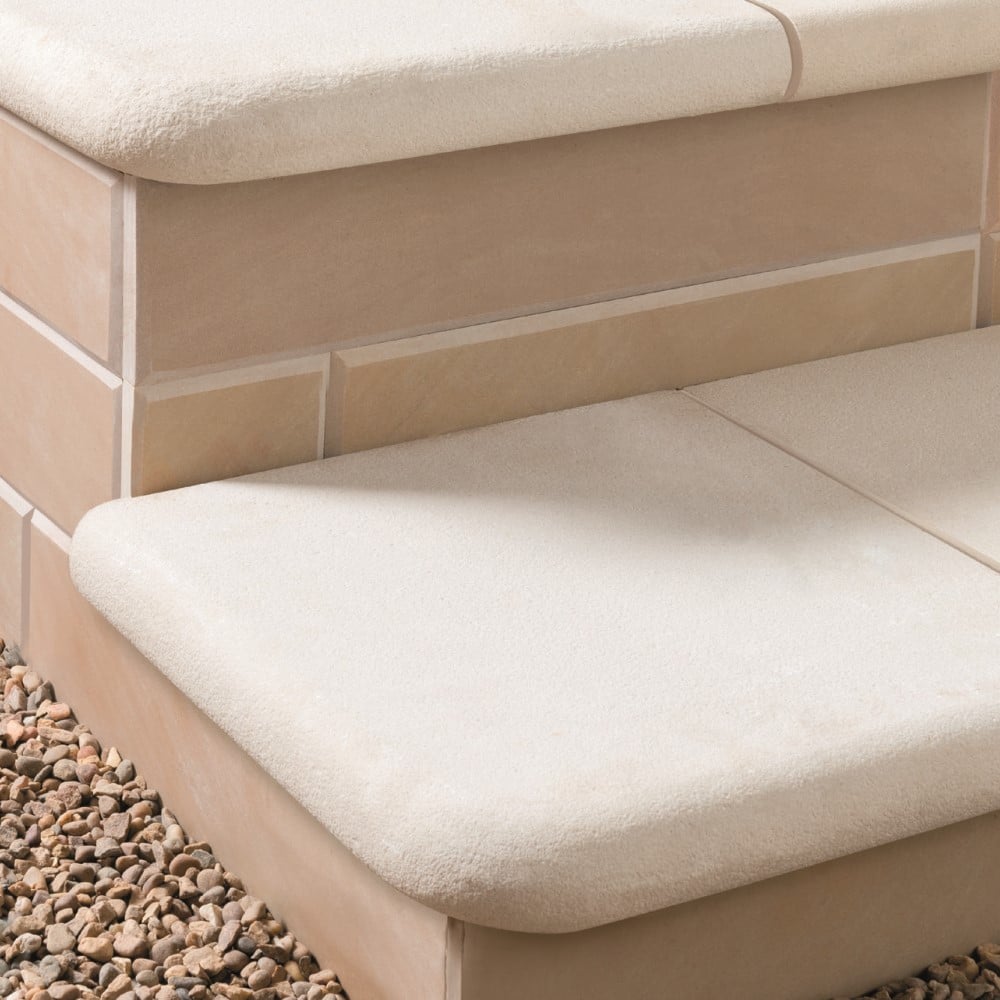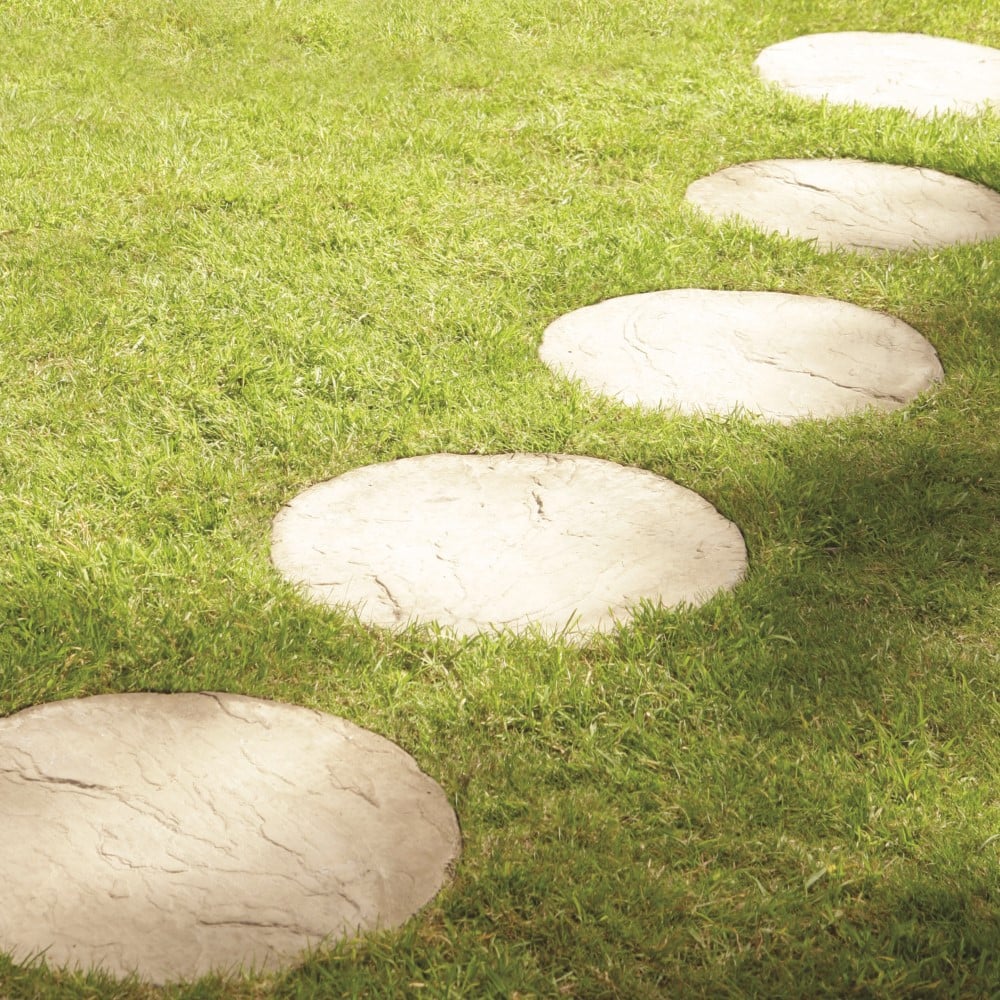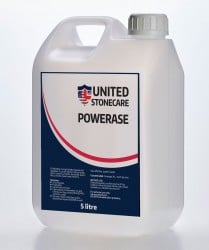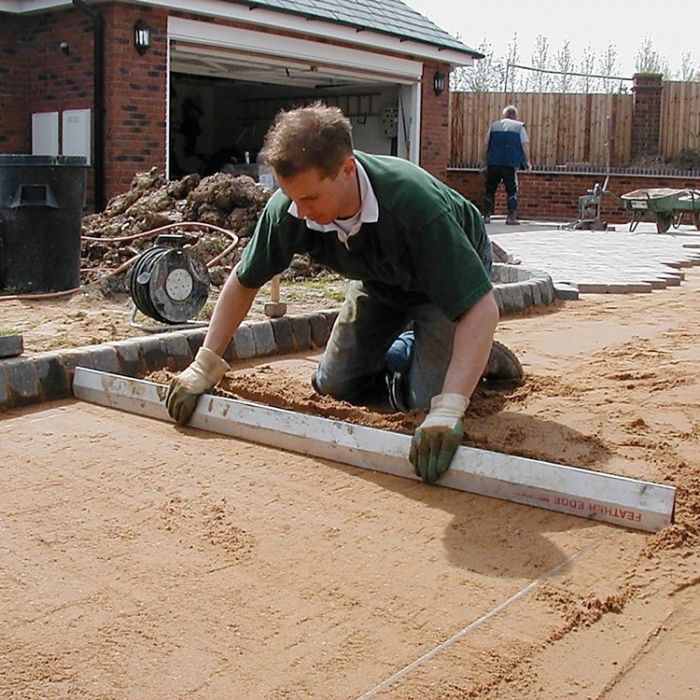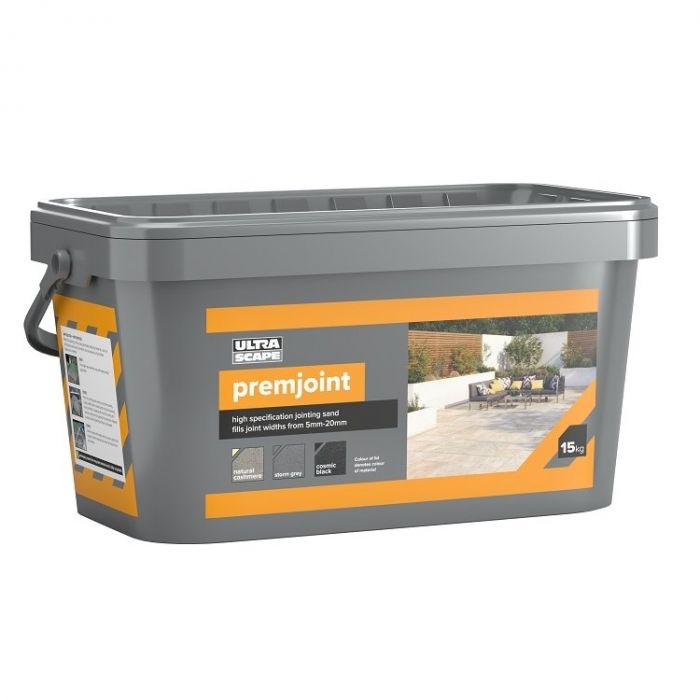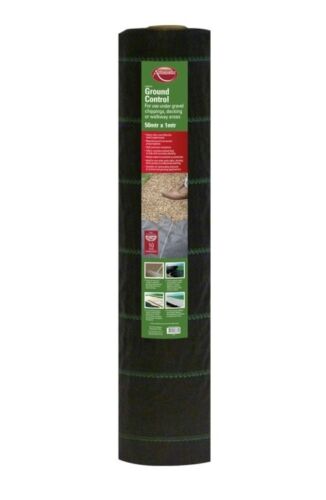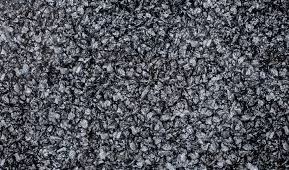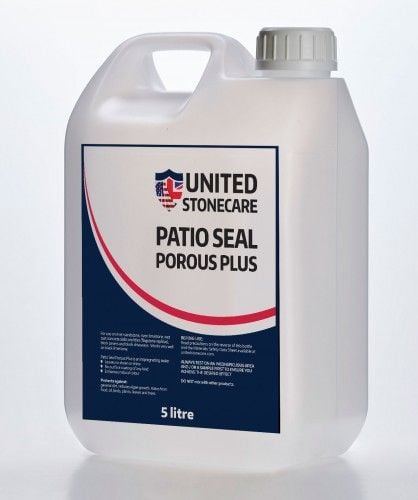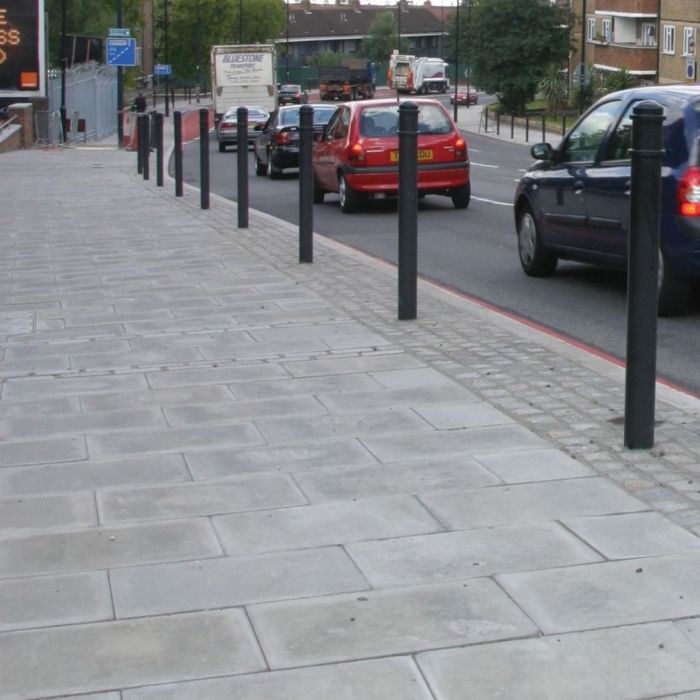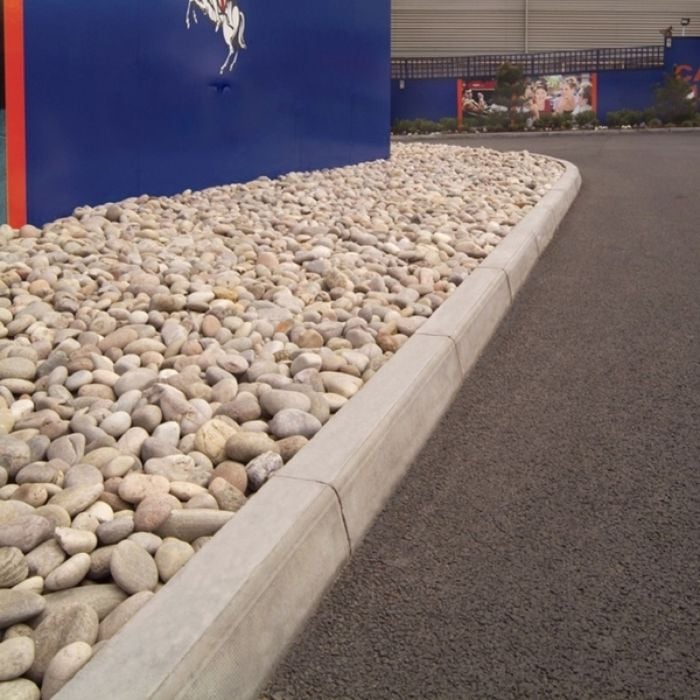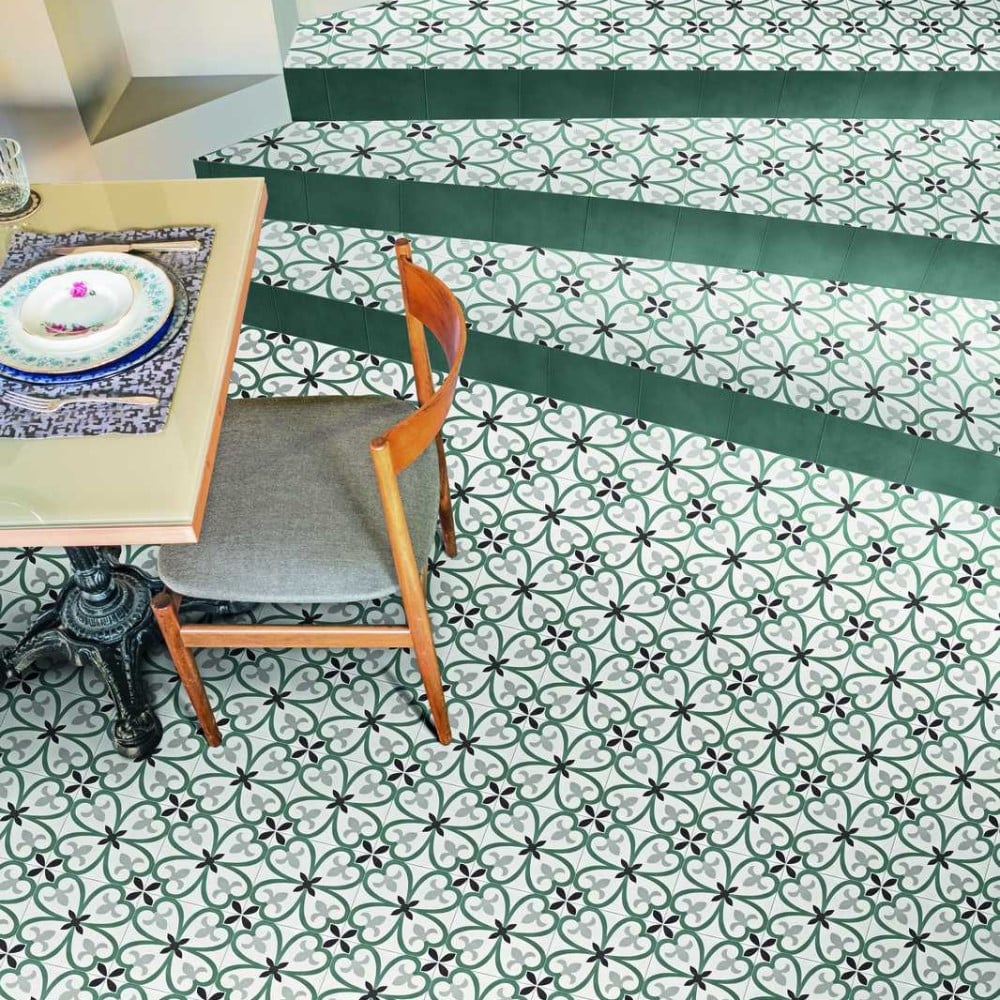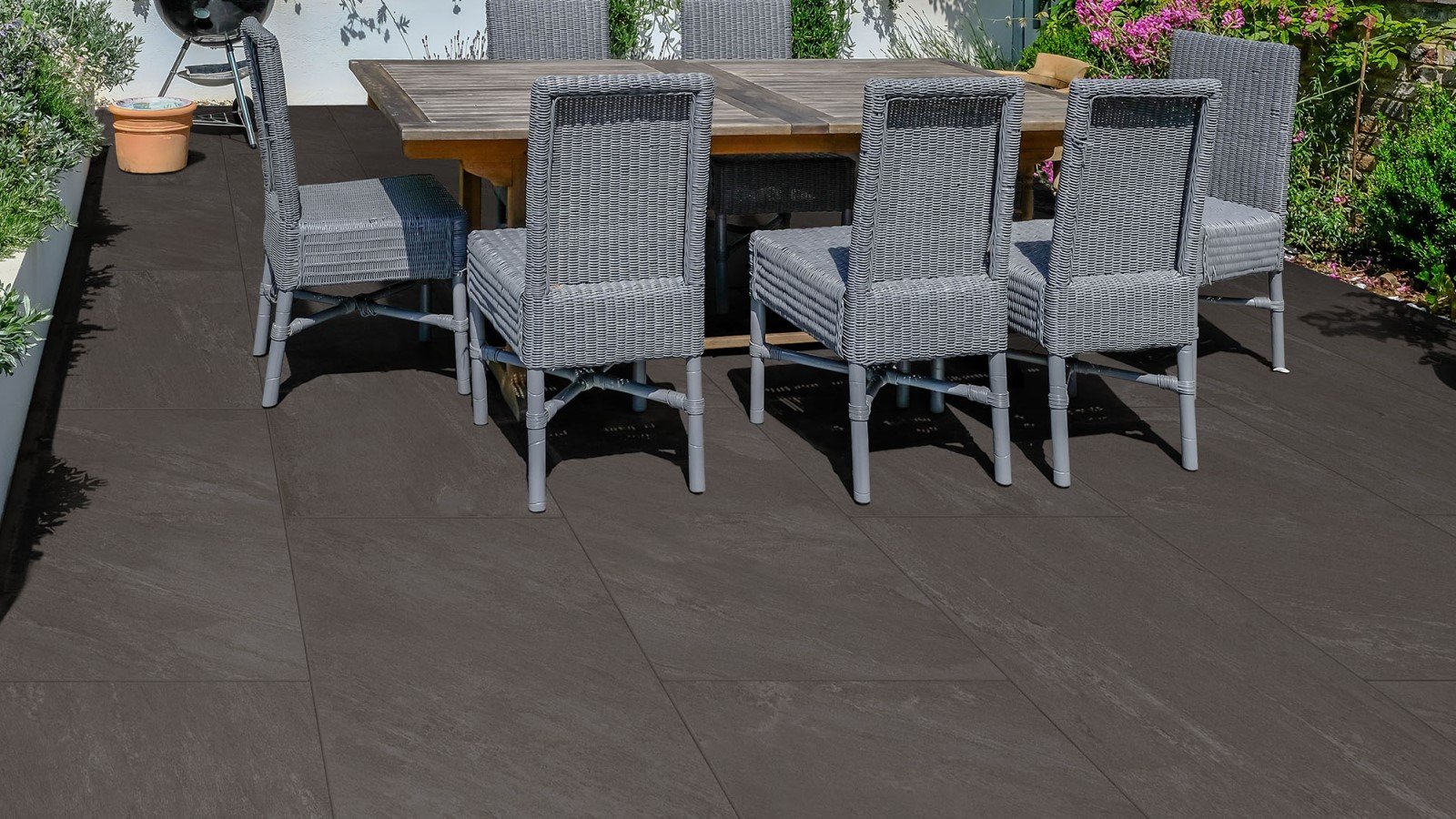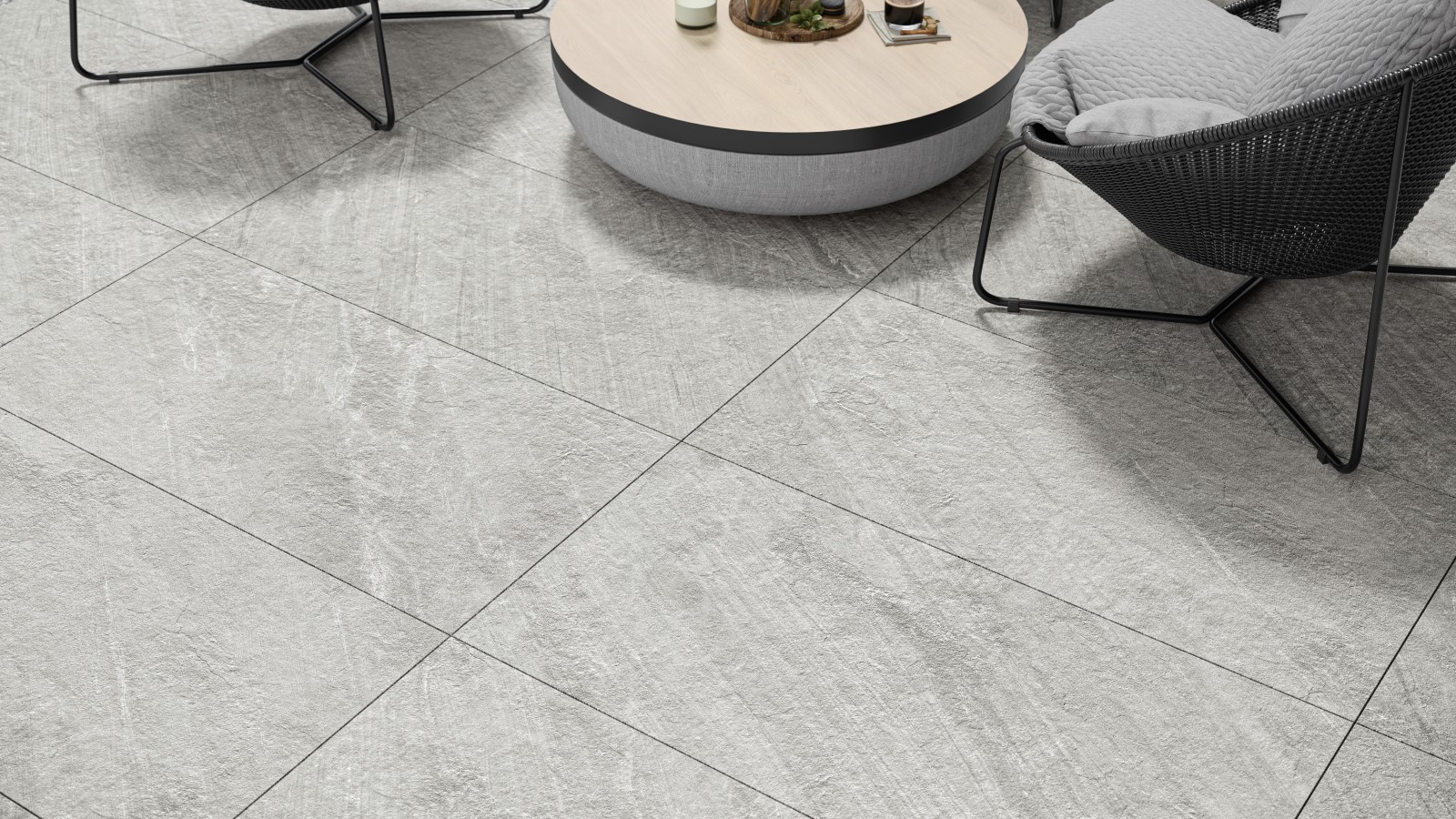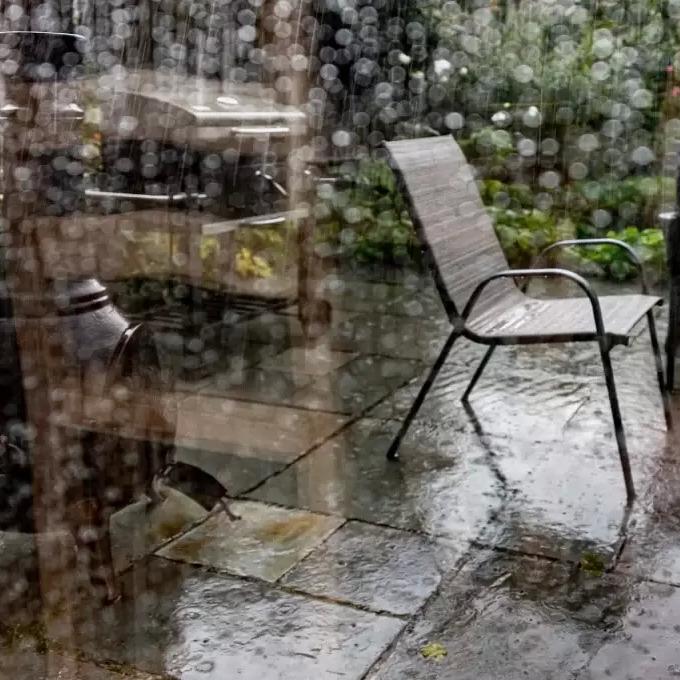It might not have been top of your priority list, especially given all the great summer weather we’re looking forward to, but installing a quality drainage system for your patio is as critical as choosing your paving slabs or block paving.
Why? Well, not only does an effective drainage system divert unsightly surface water from your patio stones, but it also minimises bad smells (caused by growing bacteria in the standing water), insect infestations and diseased plants from appearing on your patio surface.
Luckily, you don’t need to worry yourself with costly underground pipework to protect your latest garden project; there are more economical patio drainage systems for you to choose from. Whether that looks like a concrete and plastic drainage channel or a subtle French drain for your patio, it’s entirely up to you.
Read below for our helpful advice on how to install patio drainage systems, below.
Note: All drainage methods below should be installed on the lowest point of the patio, run at right angles to the patio and with a fall of 1 in 80.
Concrete/plastic drainage channels
Sometimes called “linear channels”, these patio drainage systems involve moulding a piece of plastic guttering in a strip of freshly-laid concrete. They’re relatively cost-effective and are far speedier to install than traditional underground drainage systems.
What you need
- Measuring tape
- Shovel or spade
- Length of wood (as long as the run of your patio)
- Wooden pegs
- Nails
- Hammer
- One-metre-long straightedge
- 5mm shim
- Aggregate
- Cement
- Bucket or wheelbarrow
- Concrete float
- Spirit level
- Plastic guttering (measure beforehand to ensure you have enough to supply the whole run)
- Waterproof sealant
- Dry mortar
- Metal or plastic grate
How to build a linear drainage channel for a patio
- Measure a gap that is large enough to fit the width of your guttering, plus an extra centimetre or so, and dig 10mm deep into the space. Slot a length of wood at the furthest point to mark it out.
- From here, hammer in wooden pegs every few centimetres and nail to the length of wood. This is your outline for the concrete mould.
- Now it’s time to set your 1 in 80 fall (you need this fall to ensure surface water can run-off effectively). You can set this fall along your drainage channel using a one-metre-long straightedge and 12.5mm shim.
TOP TIP: Unsure how fall works? 1 in 80 fall dictates that 1 unit of fall should be added for every 80 units of run (in this case, the run is the patio edge you are working with).
- Mix four-parts aggregate and one-part cement in a bucket or wheelbarrow and fill your empty channel with the mixture.
- Carefully place your first plastic guttering on the wet concrete. Smooth any ridges formed in the concrete and check the fall with a spirit level. Add a waterproof sealant to the end of your channel and move onto the next one, repeating the laying and sealing process.
- Finally, fill the joint between the channel and the paved area with dry mortar. Fit a metal or plastic grate over the top to prevent leaves and debris from blocking the channel – that’s all there is to it!
French drain
French drains are slightly different from linear drainage channels as they use a perforated pipe and a layer of topsoil, rather than a channel fitted to a concrete base. In doing so, French drains allow small amounts of water to soak into the ground, while large quantities of water flow into the pipe and stream away quickly.
The topsoil addition not only makes the French drain method more cost-effective (as it requires few materials) but also far better for your garden (this method simply lets nature take its course; the pipe assists, while the surrounding soil benefits from healthy hydration).
What you need:
- Measuring tape
- Shovel or spade
- Spirit level
- Bedding aggregate
- Landscaping fabric
- Corrugated plastic drainage pipe
- Drainage aggregate
- Topsoil
- Tamper
- Garden rake
How to build a French drain for a patio:
- Dig a channel 500mm deep. The width of your trench should also be wide enough to fit your French drain in, as well as at least 25mm either side. Ensure your channel maintains a fall of 1 to 80, checking with a spirit level for accuracy.
- Add a 50mm layer of bedding aggregate to the bottom of the channel.
- Cover the aggregate layer with landscaping fabric. You will need to measure your space and cut the fabric to size so that it not only covers the bottom of the trench but that it rises a little up the sides, too.
- With your channel prepped, you can add your drainage pipe, ensuring the fall remains the same and the perforated side is facing down.
- Then, wrap the fabric around the pipe and pour a layer of gravel or aggregate on top. There should be a gap of around 80mm from the gravel layer and the ground’s surface.
ALTERNATIVE: No surrounding grass to work with? You can always fill your trench to the top with drainage aggregate if this suits your garden’s aesthetic better. Just be mindful that this will be less environmentally-friendly and more prone to flash flooding.
- Fill in the 80mm you have left over with topsoil, tamp down and rake level.
With your patio drainage know-how up to scratch, it’s now your chance to choose the best option for your patio – and then install it. To find the building materials you need for the job, or for more advice, give us a call on 0800 032 6306 or start a live chat.

